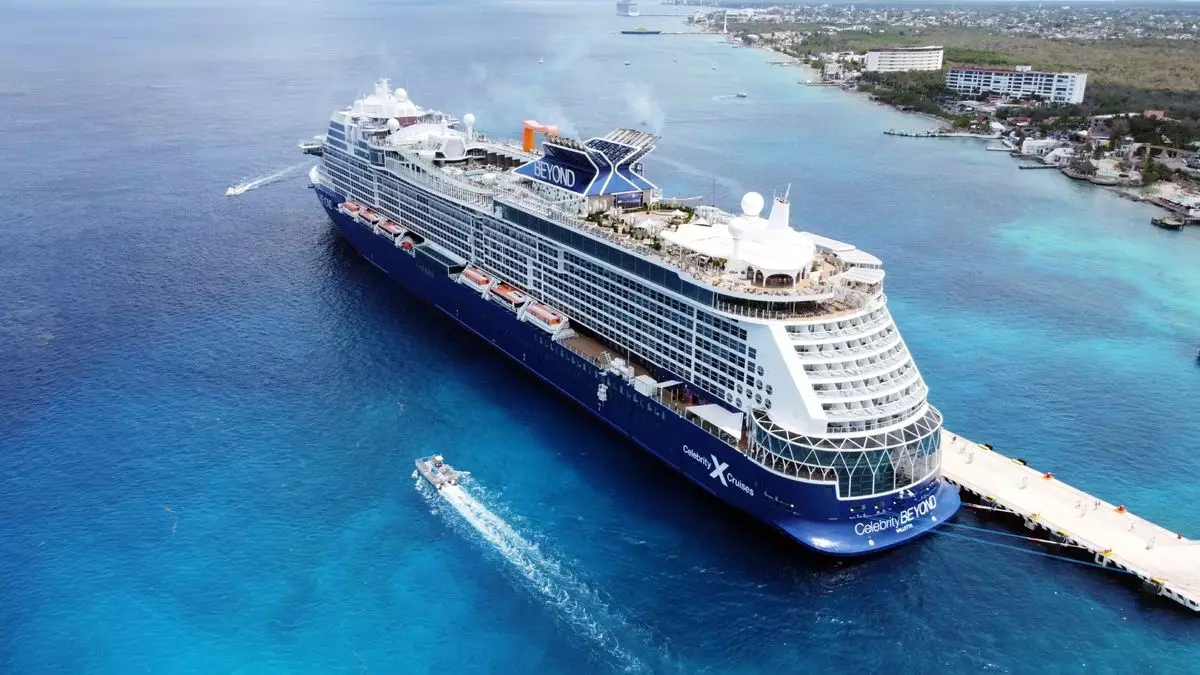Last week, a significant decision was made by Mexico’s Congress that could potentially disrupt the thriving tourism sector within the country. This decision, to introduce a $42 cruise passenger tax, has raised alarms among industry experts and executives within the Florida-Caribbean Cruise Association (FCCA). The tax not only marks the end of a long-standing exemption for cruise lines but also places Mexico in a precarious position in the competitive cruise market. The reaction from the cruise industry has been one of concern, with executives warning about the negative implications this tax could have on demand for Mexican itineraries.
Economic Implications on Tourism
The FCCA has explicitly stated that this tax could inflate the cost of cruising to Mexico by 213%, making it significantly more expensive than traveling to average Caribbean ports. Such a financial burden could drive cruise tourists away, resulting in reduced port calls and a decline in revenue for Mexican cruise ports. The past year showed promising economic activity, with cruise ports in Mexico generating about $62.6 million in port fees during the 2023-24 cruise season. However, introducing a hefty head tax could reverse this trend, severely damaging the cruise tourism sector.
Particularly at risk is the state of Quintana Roo, a region known for its picturesque cruise ports including Cozumel and Costa Maya, where cruise tourism represents about 40% of the state’s GDP. Losing this vital source of income could jeopardize not only tourism businesses but also the local communities that rely on the industry for their livelihoods.
Investment Consequences and Job Losses
The FCCA further asserted that cruise tourism contributes approximately $1 billion in direct spending to Mexico’s broader economy, supporting over 20,000 jobs and generating $200 million in wages annually. Claims like these underline the potential disaster that the new tax could create. With job security hanging in the balance, the cruise lines have made it clear that they will need to reassess their investment strategies in light of this unfavorable policy change. The billions of dollars that were meant to aid in the development of new tourist destinations and infrastructure, including crucial rebuilding efforts in places like Acapulco, may now be at risk of being reconsidered or entirely withdrawn.
One striking aspect of this abrupt policy alteration has been the apparent lack of dialogue between Mexican authorities and the cruise industry. Michele Paige, the CEO of FCCA, expressed her disappointment regarding the unilateral nature of the tax’s approval and the rapid implementation timeline. The cruise industry has prided itself on its collaborative relationship with Mexico, making this sudden shift all the more shocking. Without proper consultation, crucial insights from cruise lines, which are deeply invested in understanding consumer trends and operational feasibility, were overlooked.
Looking ahead, the ramifications of this tax could significantly alter the landscape of cruise tourism in Mexico. Estimates for 2025 suggested that Mexican ports would attract over 10 million passengers, alongside approximately 3,300 cruise ship visits. Yet with the introduction of this tax, the alarming reality is that such projections may not come to fruition. The industry may instead see diminished interest in Mexican destinations, as travelers and cruise operators alike seek more affordable alternatives in neighboring regions.
As the cruise industry grapples with uncertainties in the wake of this decision, the liability of consumer demand growing weaker will force a reevaluation of cruising routes. If cruise lines deem Mexico less competitive, they may direct their fleet toward Caribbean destinations that continue to offer more budget-friendly experiences. The broader implication could be a rise in competition among ports, and those like Quintana Roo that heavily rely on cruise tourism may face insurmountable difficulties in regaining their position in the market.
This $42 tax not only threatens the immediate economic viability of cruise tourism in Mexico but may also generate long-lasting effects that could alter the tourist dynamics of the entire region for years to come.

